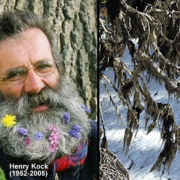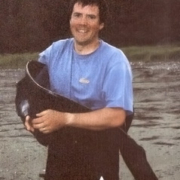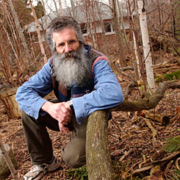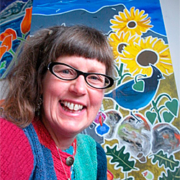Environmental group balances jobs with old-growth protection
There was a time in the 1990s when a massive wedge existed between forestry workers and environmentalists. There was the ‘war in the woods’ and various other tension-ridden incidents and protests that led to acrimony and anger on both sides.
In 2010 a new environmentally-conscious organization appeared on the scene and met with a thumbs-up from both sides.
Ken Wu, one of the original founders (along with TJ Watt and others) said, “an organization can’t be based solely on ideals and divorced from how people make a living.”
The group spearheading the organization approached forestry workers, first in the Cowichan Valley, and the derision started to wear away.
“We started to make alliances with forestry workers,” said Wu.
Many of the ties that bind the two sides are the goals of the AFA; protection of the last remaining old-growth forests, and banning export of raw logs to foreign mills.
The problem now is that the B.C. government is opening up Chinese markets, where large scale manufacturing can be set up very, very fast, said Wu.
“It’s just a matter of time until they (the Chinese) start phasing out imports and shift to raw logs,” stated Wu.
He said this is “dangerous” because it is a lose, lose situation for British Columbia forests and forestry workers.
Old-growth forests are on the decline as they are logged now as they were in the past. The forestry companies are slow at re-tooling the machinery to handle second-growth logs and developing value-added wood industries. The alliance believes we should be logging second-growth at a slower rate, a more sustainable rate of cut and be manufacturing wood products in B.C.
There are other items as well on the alliance’s platform and they have instituted an on-line petition in an effort to get the B.C. government to protect old-growth forests and forestry jobs.
The Ancient Forest Alliance is not seeking charitable status because they feel they can be more effective in leveling stronger criticisms and gaining stronger support from politicians and political parties based on their stance.
The AFA would like the government to undertake a provincial old-growth strategy that will inventory old-growth forests in B.C. and protect them where they are scarce. Sustainable logging practices (which might include selective logging) on second-growth forests and an end to raw log exports are also in the alliance’s goals.
As environmentalists the AFA differs in that they realize jobs are important.
“There is a social pressure to make a living and we have to have a plan for economy at the same as environmental protection,” said Wu. “People need a way to work.”
[Sooke News Mirror article no longer available]






